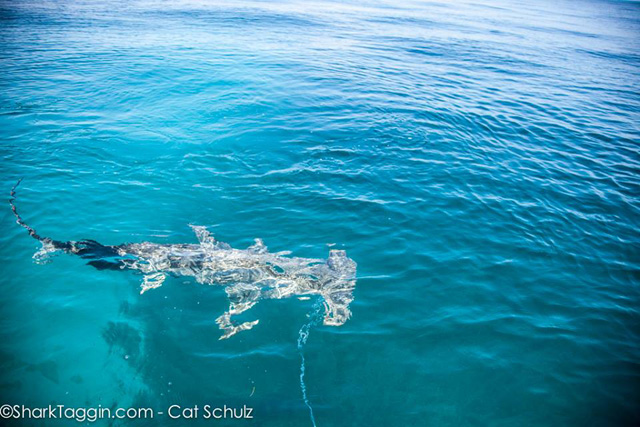[dropcap]S[/dropcap]cientists have added sharks and tuna to their weather-forecasting arsenal to help predict hurricanes, cyclones and tropical typhoons.
Researchers are fitting the fish with tracking devices that record critical information used to predict hurricanes – such as water temperature, depth and salinity – from the deep seas and oceans and relay it to meteorologists via satellite.
The team, led by oceanographers at the University of Miami, have tagged 750 fish including hammerhead and tiger sharks that swim off the eastern coast of the US and between the Gulf of Mexico and the Caribbean.
The fish follow waters with a temperature of 26C. These movement patterns are important in predicting hurricanes as this is the temperature threshold at which hurricanes form. Knowing the depth of these waters can help predict whether storms will weaken or gain in intensity as they travel.
By building a map of the ocean’s heat content at varying depths, scientists can predict the intensity of approaching storms more accurately. Some fish can swim up to 100 miles a day.
Nick Shay, who is jointly leading the oceanography project, told the Times: “The fish can give a gazillion pieces of information, and that represents a really exciting opportunity.”
Jerald Ault, the project’s co-leader, added: “The fish act as biological sensors. They dive, so they create a vertical picture of what they water temperature looks like.”
Tagging each fish costs around £2,500 ($4,000), and yields far richer information across a larger area than an underwater sensor, which costs around £120,000 ($200,000). The team is looking for a mixture of public and private funding to scale up the project and tag hundreds more large-finned fish such as Atlantic tarpon and blue marlin.









